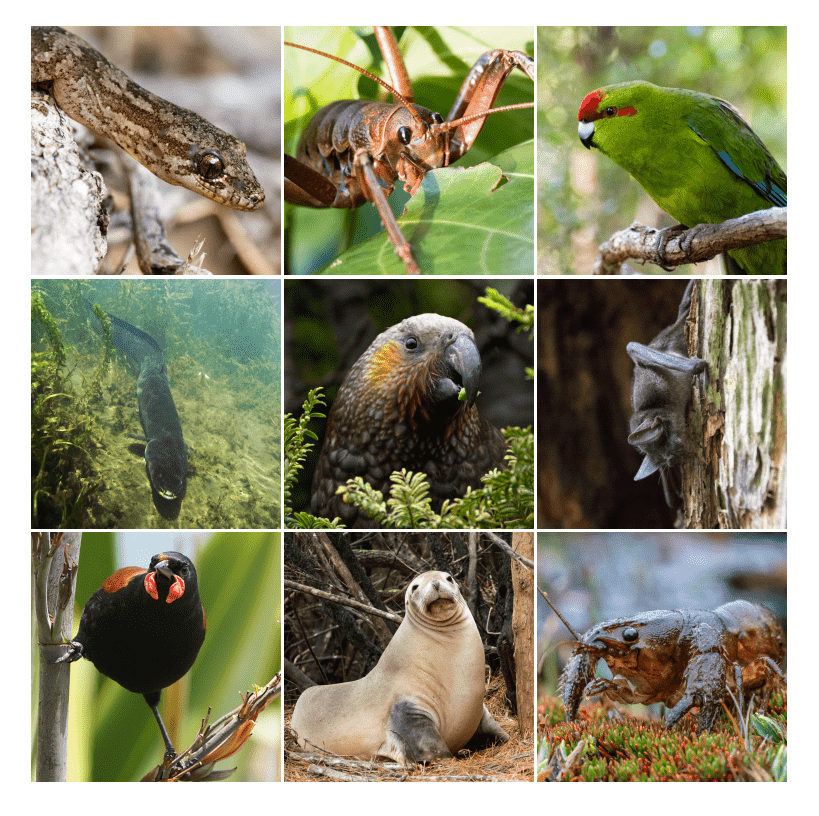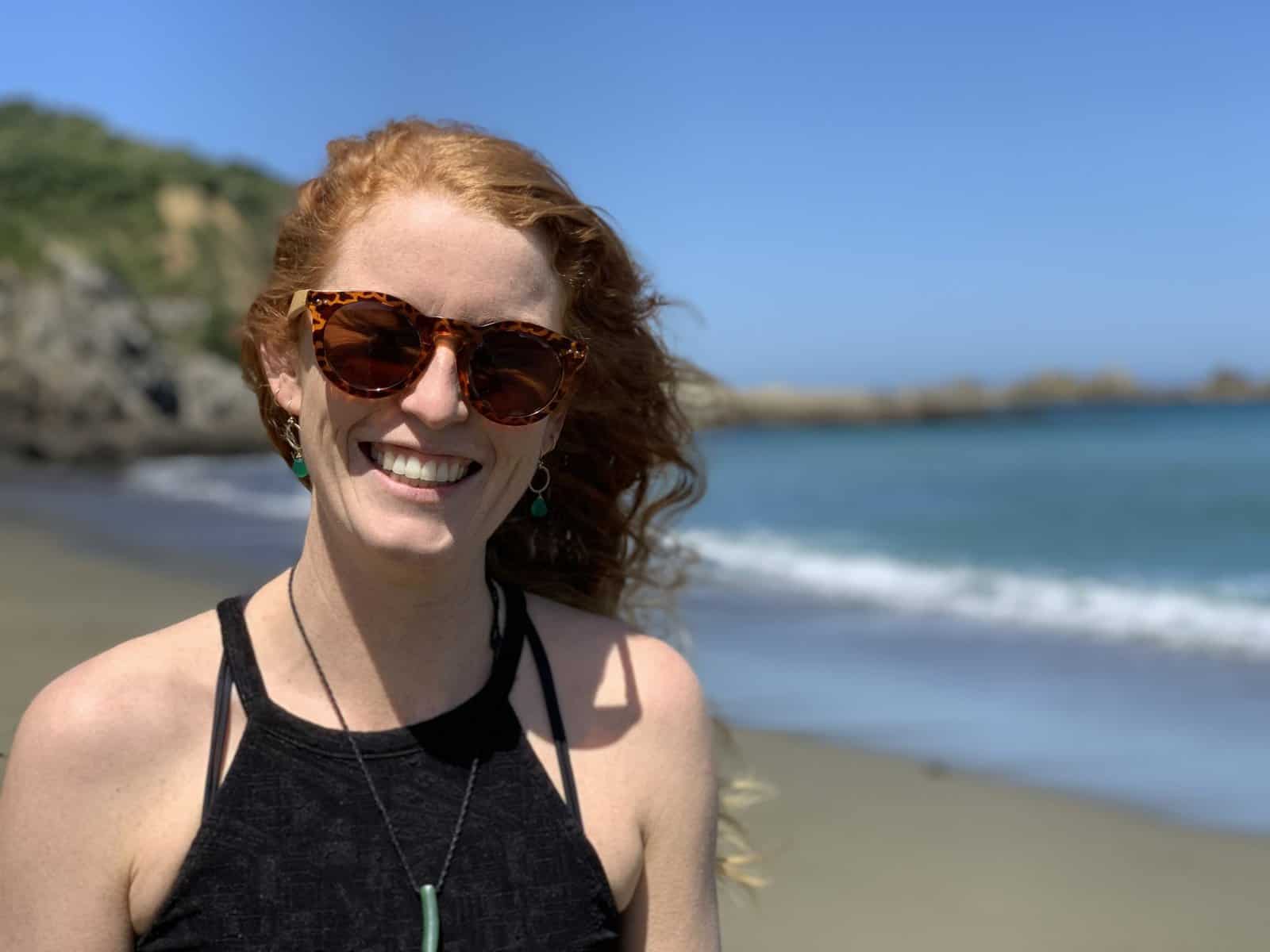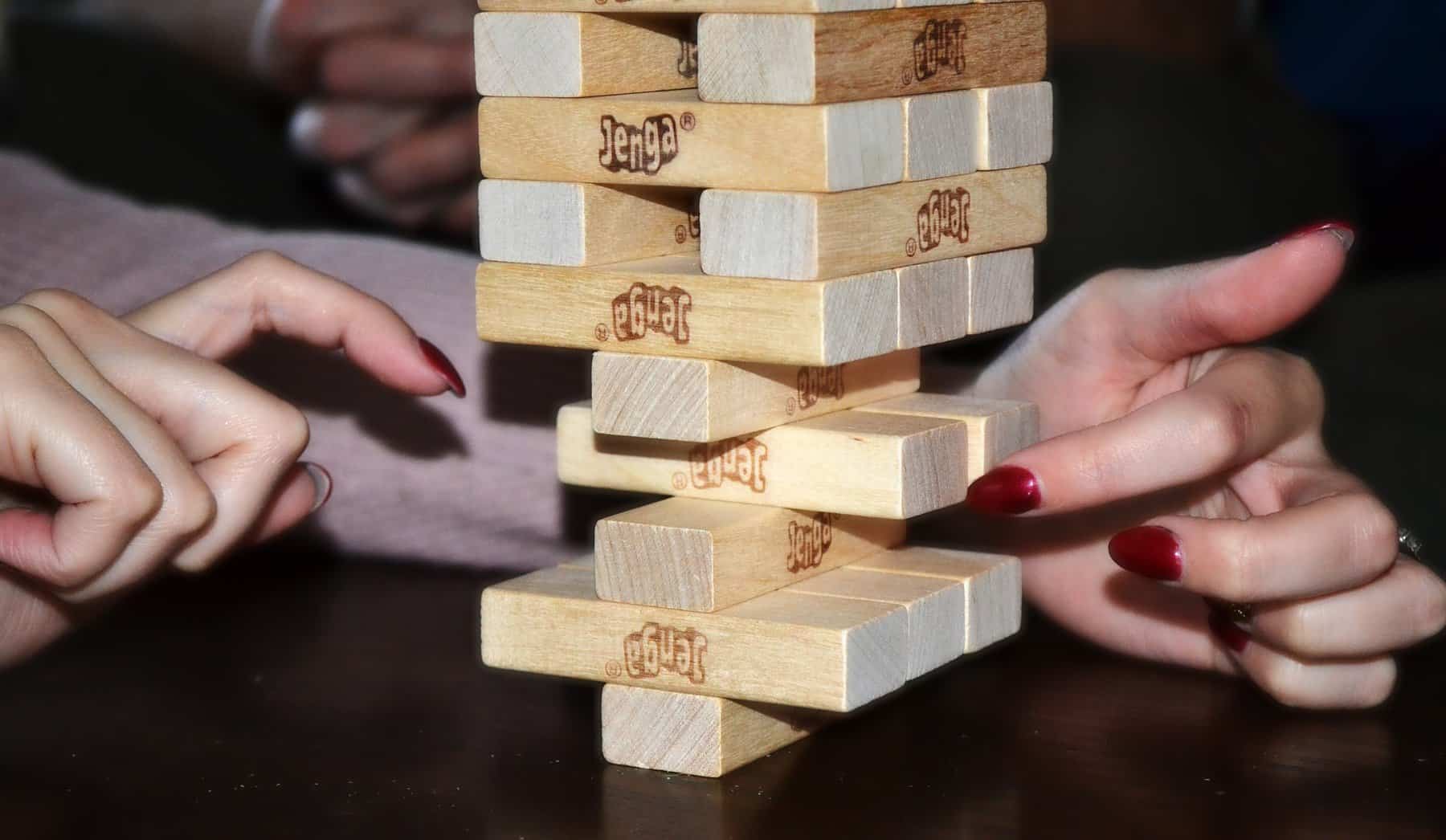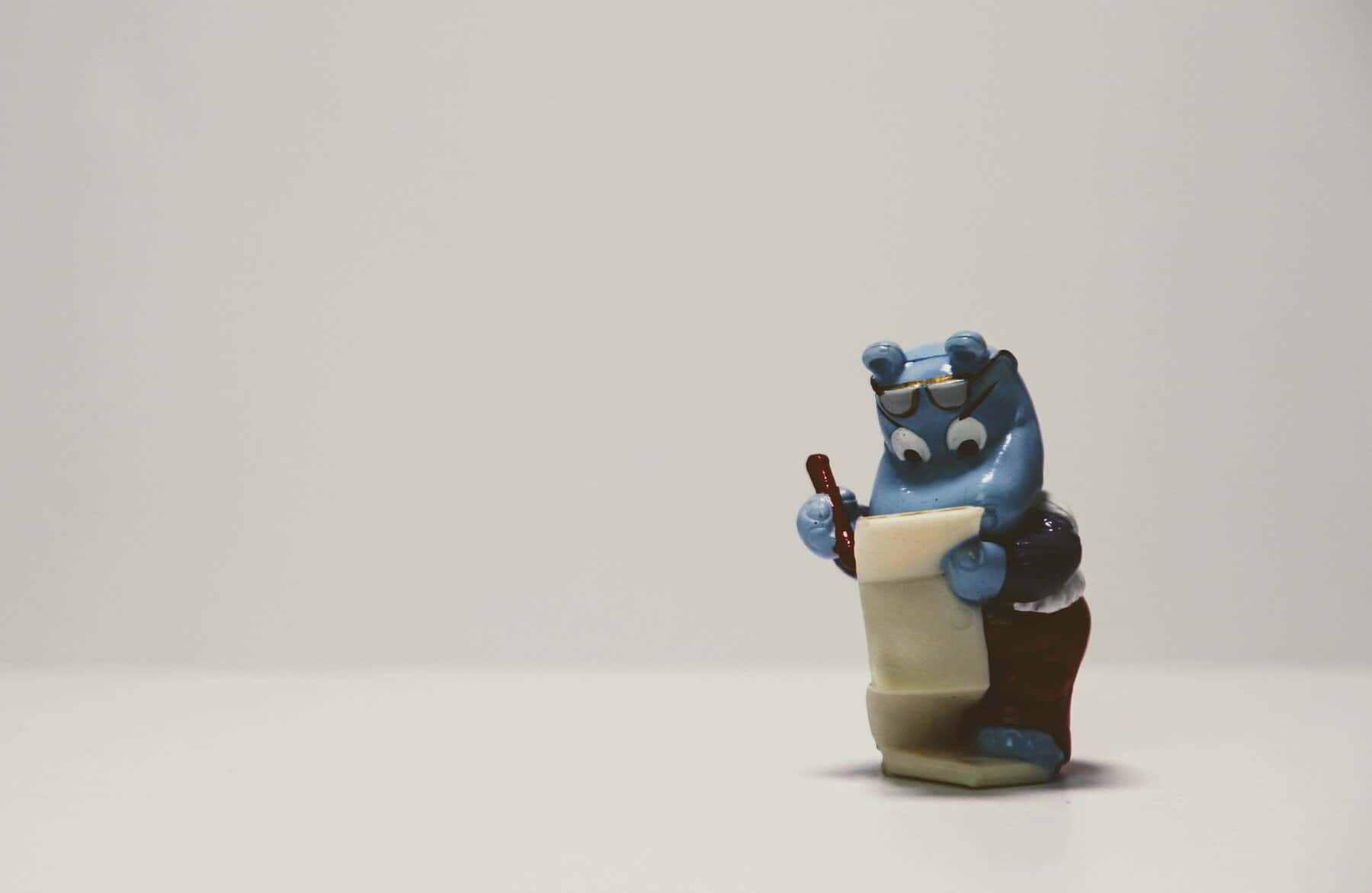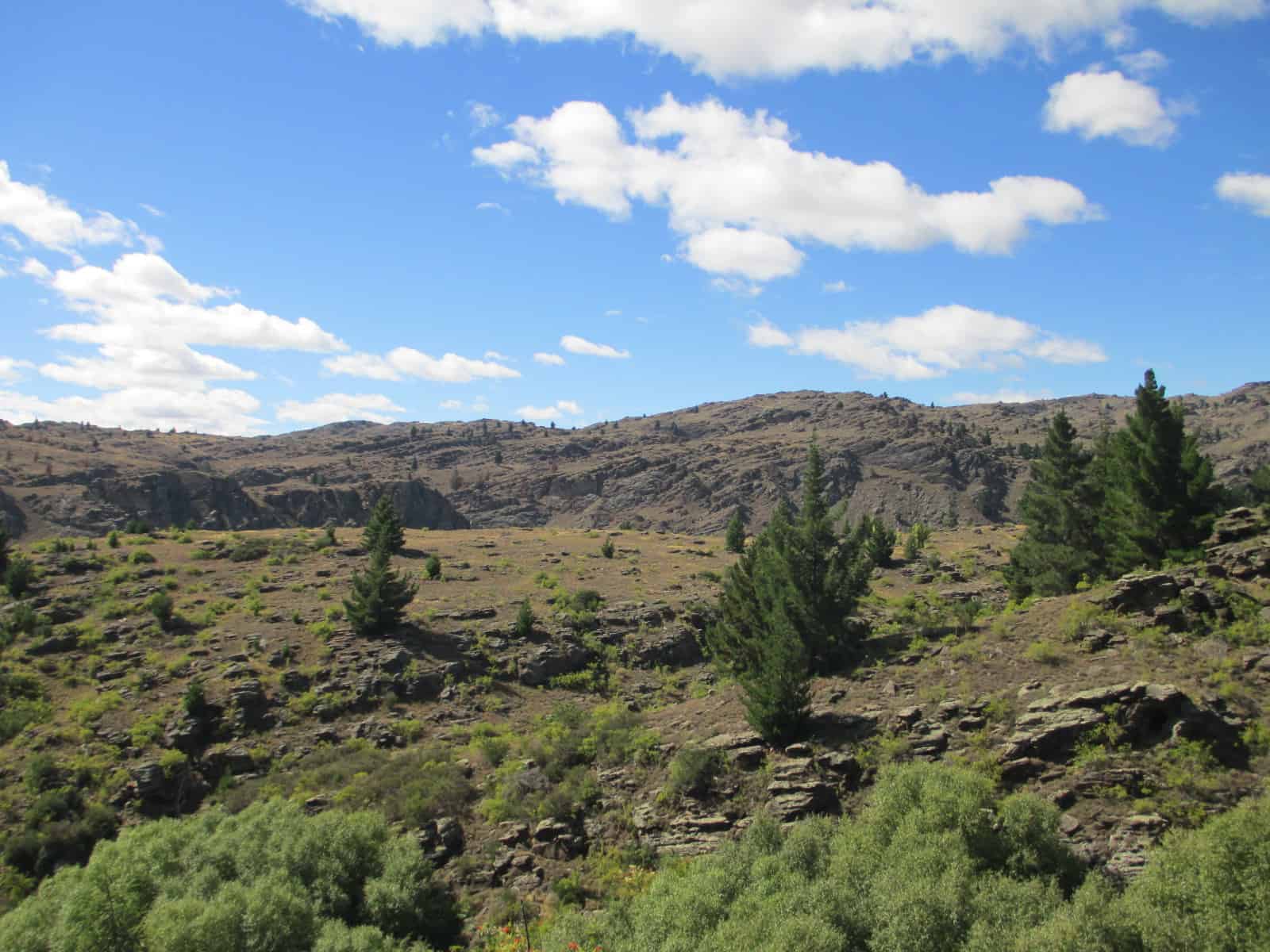Tracey Godfery (Ngāti Awa, Ngāti Tūwharetoa, Ngāi Tūhoe, Ngāti Hikairo, Ngāti Maru) is a PhD student at the University of Auckland supported by BioHeritage programmes Risk Assessment & Ecosystem Impacts and He Tangata, He Taiao, He Ōhanga: a values-based biosecurity risk assessment framework for Aotearoa. She’ll be facilitating a biosecurity decision making framework that addresses both cultural and scientific complexity.
Category: News
Uncovering pests in Te Aitanga Pepeke
What insights can whakataukī offer us into the nature of insect pests and pest control in Aotearoa? A team of Māori academics delved into te ao Māori with “pestiness” on their minds. BioHeritage writer Kerry Donovan Brown spoke to Hōhā Riha: Pest Insect Control in Māori Tradition co-author Alan King-Hunt, discussing some of the team’s discoveries, including a surprising defender of historic kūmara plantations . . .
New paper: Effective strategies for maire tawake propagation
A paper published this year in the New Zealand Journal of Botany outlines effective strategies for sexual propagation (via seeds) and asexual propagation (via cuttings) of maire tawake/swamp maire (Syzygium maire).
Tāpui Aotearoa: building resilient partnerships for resilient populations
Internationally, cryobanking is becoming an important part of conservation programmes. BioHeritage joined three other funders to support a two-year proof-of-concept project to investigate what cryobanking would look like in Aotearoa. Here is the progress that Tāpui Aotearoa (a charitable company established by the NEXT foundation) has made so far.
Ngā Pī Ka Rere spotlight: Natalie Jones brings volunteer perspectives to new tech for wasp control
Natalie Jones (Ngā Wairiki Ngāti Apa) is a Master’s student within the Novel Tools & Strategies – Invertebrates programme. She has leveraged her unique background in managing conservation volunteers to provide insight into the perspectives people have about new controls for pest wasps in Aotearoa.
Fun and games with gene tech
A team of researchers aligned with our Novel Tools & Strategies programme intends to improve our understanding of gene tech perceptions using an intriguing foundation – fun and games.
The very best classroom: Practice and language revitalisation through land-based teaching
In September 2022, an intergenerational team of Māori researchers and innovators undertook the trip of a lifetime, travelling deep into the Northwest Territories of Canada for a two-week cultural exchange programme.
Ngā Rākau Taketake science stocktakes have been updated for the new year
Ngā Rākau Taketake is one of several groups who contribute to the growing body of knowledge around myrtle and kauri ora. As a way to keep track of all the excellent mahi in these spaces, we have updated our myrtle rust and kauri dieback stocktakes. Enjoy!
New Zealand influential in the global Phytophthora research space
The 10th meeting of the International Union of Forest Research Organizations (IUFRO) – Phytophthora Working Party was held in June this year at the University of California, Berkeley. Meetings like these are a good reminder of the damage caused by species in the Phytophthora genus and of New Zealand’s role in the global effort being made to combat Phytophthora-caused diseases.
Ngā Pī Ka Rere spotlight: What will Jaynie Yang do next?
Meet Ngā Rākau Taketake student Jaynie Yang. She handed in her Master’s in September and is excited to join the workforce, hopefully in a biosecurity capacity. But first, she is collecting data from soil cores to learn more about root production rates in kauri.
New BioHeritage project: A horizon scan for weeds in Aotearoa
Controlling invasive species is an important part of biodiversity and conservation work here in Aotearoa New Zealand. While our focus in the past has been on invasive mammals and invertebrates, BioHeritage is funding a new project that will give researchers a head start on future weed invasions.
Ngāti Kuri’s conservation vision in the Far North boosted by involvement in Ngā Rākau Taketake
Far North Iwi Ngāti Kuri is on a mission to save two of Aotearoa New Zealand’s most endangered tree species from extinction.



